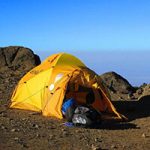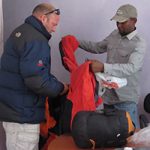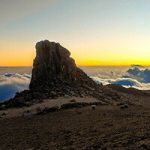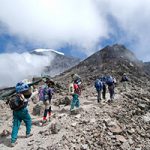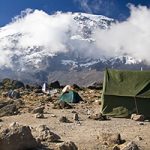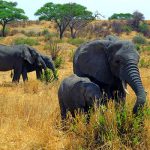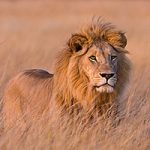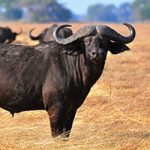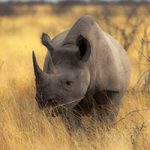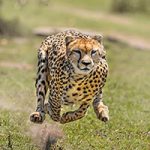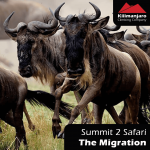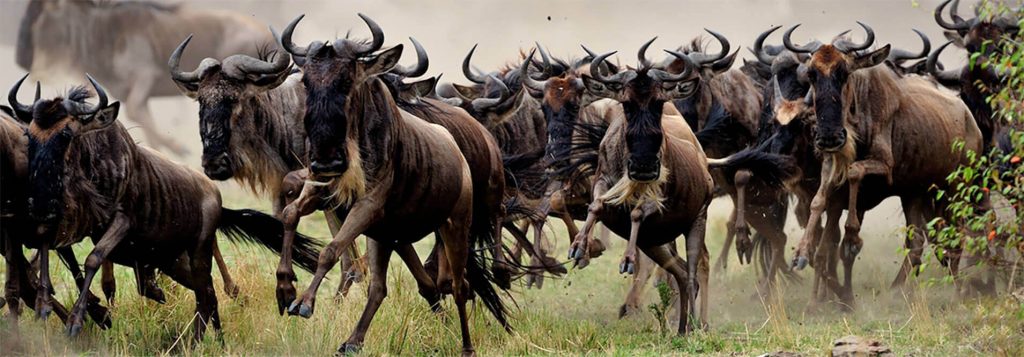



THE GREAT WILDEBEEST MIGRATION
THE CIRCLE OF LIFE
FOLLOW THE MIGRATION MONTH BY MONTH
Select a month below to find out what each month offers in terms of weather, wildlife, migratory movements, predator interactions, river crossings to get the most out of your trip to see the great wildebeest migration.
[ninja_tables id=”22368″]
[ninja_tables id=”22372″]
JANUARY
The start of the new year sees the majority of herds congregating in the rich, fertile Ndutu plains for the calving season. By the middle of January, almost 8,000 calves are being born each day. this is the prime time to see wildebeest and big cats.
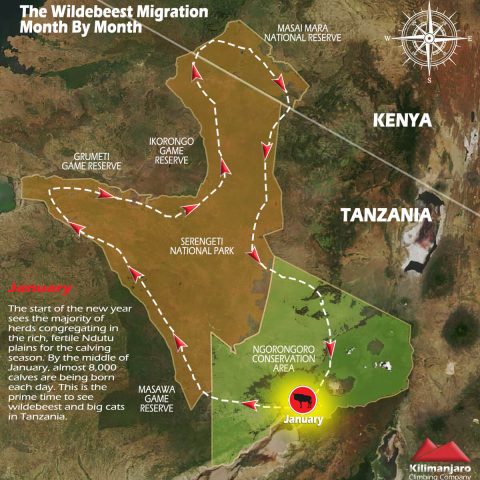

FEBRUARY
In February the best migration action takes place in Ndutu in the heart of the Serengeti plains. Behold the classic image of endless plains, blanketed and dotted as far as the eye can see with grazing wildebeest and their newborn calves.
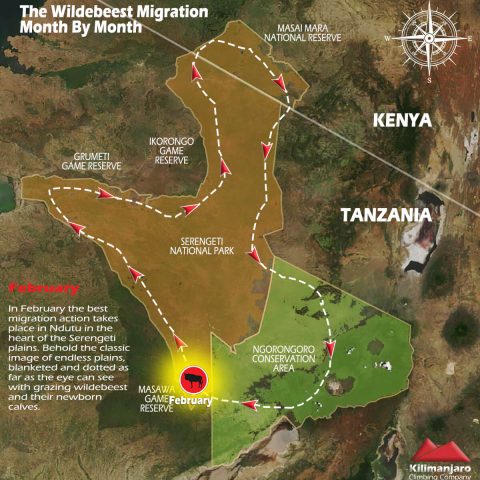

MARCH
After the long period of grazing in the Ndutu region, the green grass is now so chewed up that there isn’t much left to eat for the wildebeest. The time to move on has come. The long rains are starting to build up now, so expect some afternoon showers. You will rumblings of thunderstorms to the north and west, and soon the herds will be following their noses in search of rains and fresh grass.
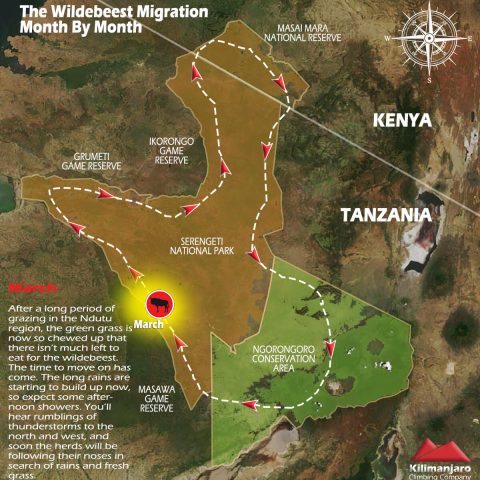

APRIL
This is the period of “mvua za masika”, swahili for “big rains”. The vegetation becomes very thick and lush, making wildlife spotting somewhat difficult. The trade-off is stunning and scenery on the empty plains, with unusual shots of thunder- strewn vistas. This is a challenging time to choose a great migration safari, but wildlife watching opportunities still exist.
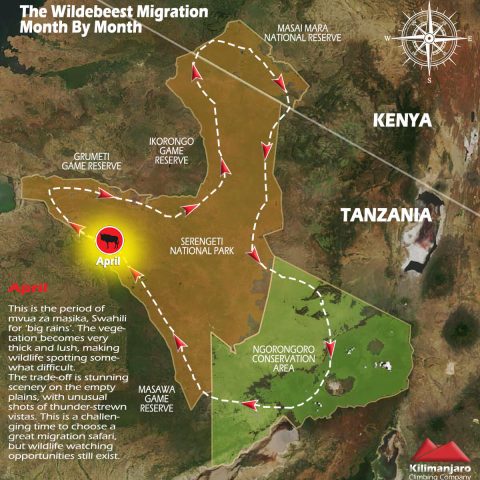

MAY
And were off again!! The massed herds are on the go, huge columns of up to 40 kilometres / 25 miles in length can be sometimes seen as the wildebeest funnel up into the central and western Serengeti. Water sources are starting to dry out as the dry season begins to bite, hence the march towards the Mara River.
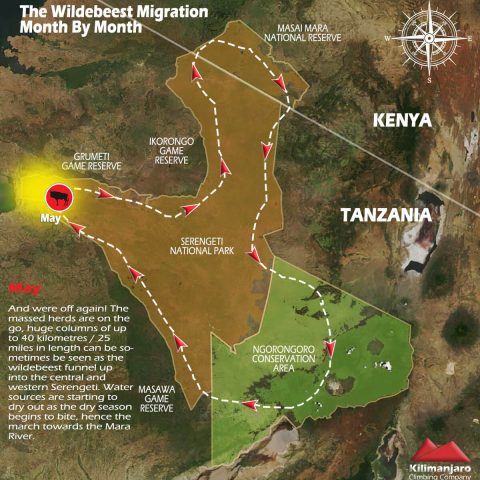

JUNE
The skies are clear, the land dries out, and the herds gain strength and power as the calves mature. But June is no walk in the park. The wildebeest must overcome the obstacle of the crocodile-infested Grumeti rivers en route to Kenya’s Masai Mara.
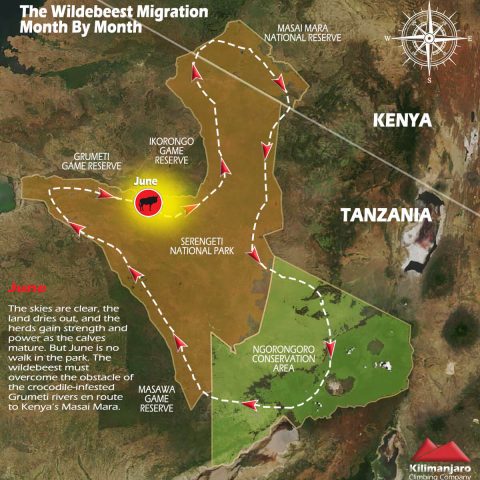

JULY
Book early – it is the Big Event: the start of the major river crossings.
July and August sees the start of the wildebeest migration’s big event, with the major river crossings taking place as the herds congregate at the Mara River. Thousands of wildebeest will fling themselves into the unforgiving waters, where crocodiles lie in wait.
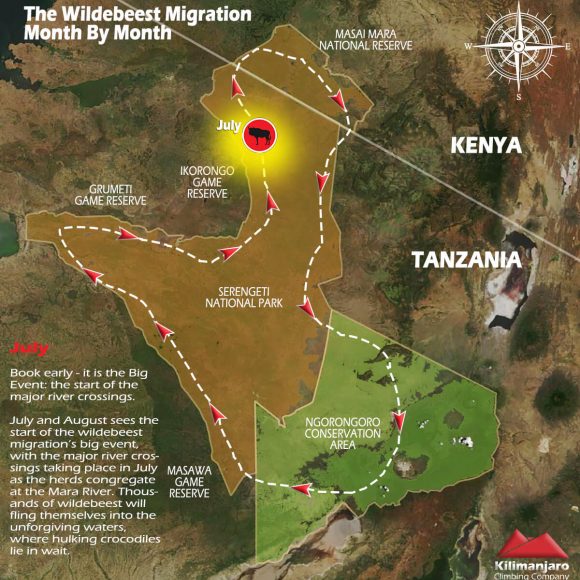

AUGUST
The wildebeest herds’ days are action-packed, as this is te peak time for those spectacular river crossings with the crocodiles lying in wait for wildebeest to stumble into their ferocious jaws. The survivors celebrate by feasting in the northern Serengeti and begin crossing into Kenya’s Masai Mara National Reserve.
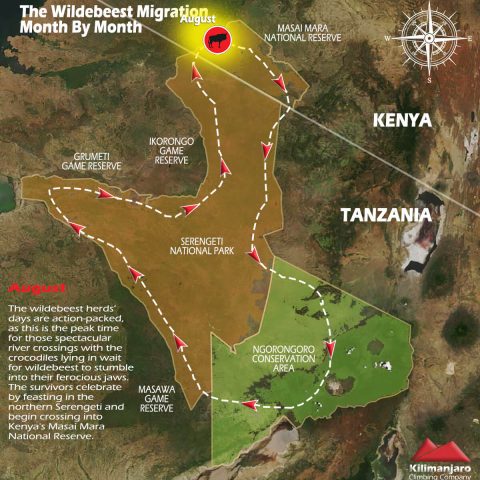

SEPTEMBER
September and October are a time of plenty for the wildebeest. The survivors of the migration north break up into smaller groups, with some staying in the Masai Mara and others remaining in the north of the Serengeti. All are looking for fresh grass, but predators abound.
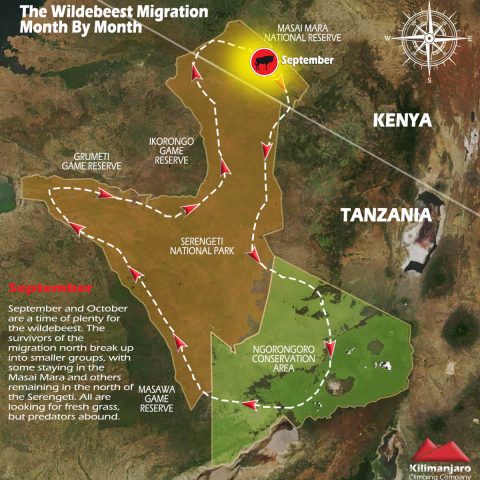

OCTOBER
At this point, the migration is quite scattered. Some wildebeest begin the long trek to the south back to the Serengeti, but some remain in the Masai Mara for the whole month. As the rains begin, the animals will move slowly in their search for water and green grass towards the northeast Serengeti and Lilondo Game Reserve.
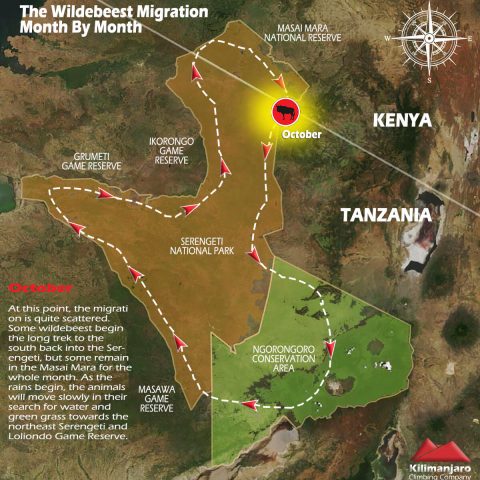

NOVEMBER
November is the month of “short rains” and with it brings the cooler weather but it’s still a good time to see the wildebeest in the Serengeti. The wildebeest herds are now in the Serengeti, stationed in Lobo, Mbuze Mawe and Seronera Valley areas where water is abundant. Bear in mind that the rain can be “late” or “early” which is also unpredictable.
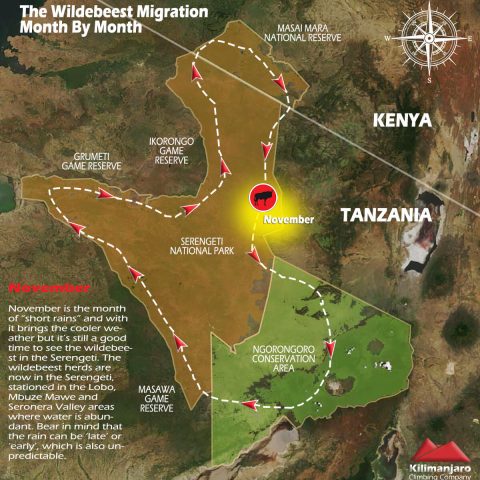

DECEMBER
Fresh grazing sees the wildebeest clustered in the north-eastern Serengeti (around Lobo in particular) as well as the southern Serengeti. Calving begins again, the predators move in again, and the cycle of life begins all over again.
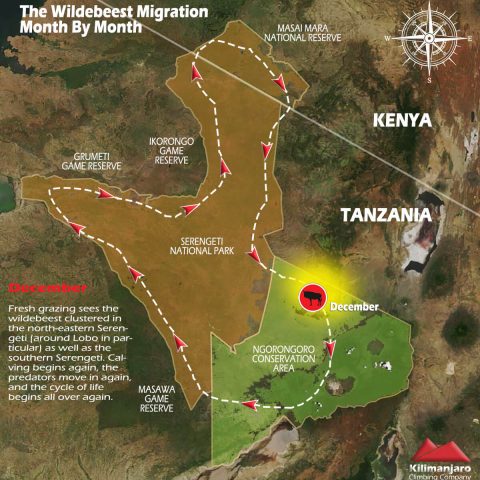

When is the Best Time to Go on a Wildebeest Migration Safari?
[ninja_tables id=”22409″]






